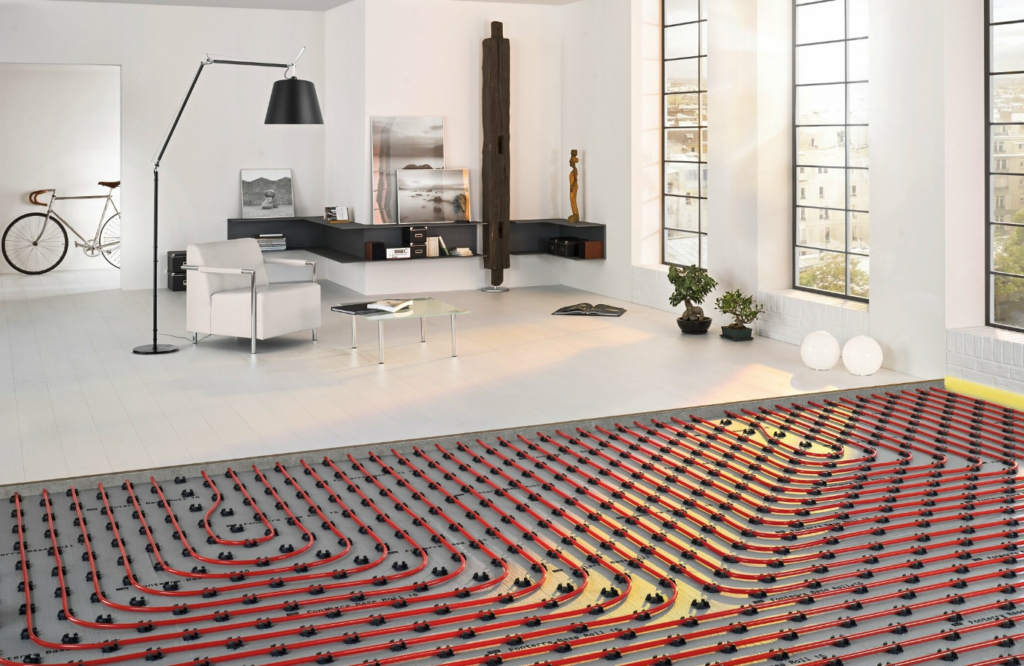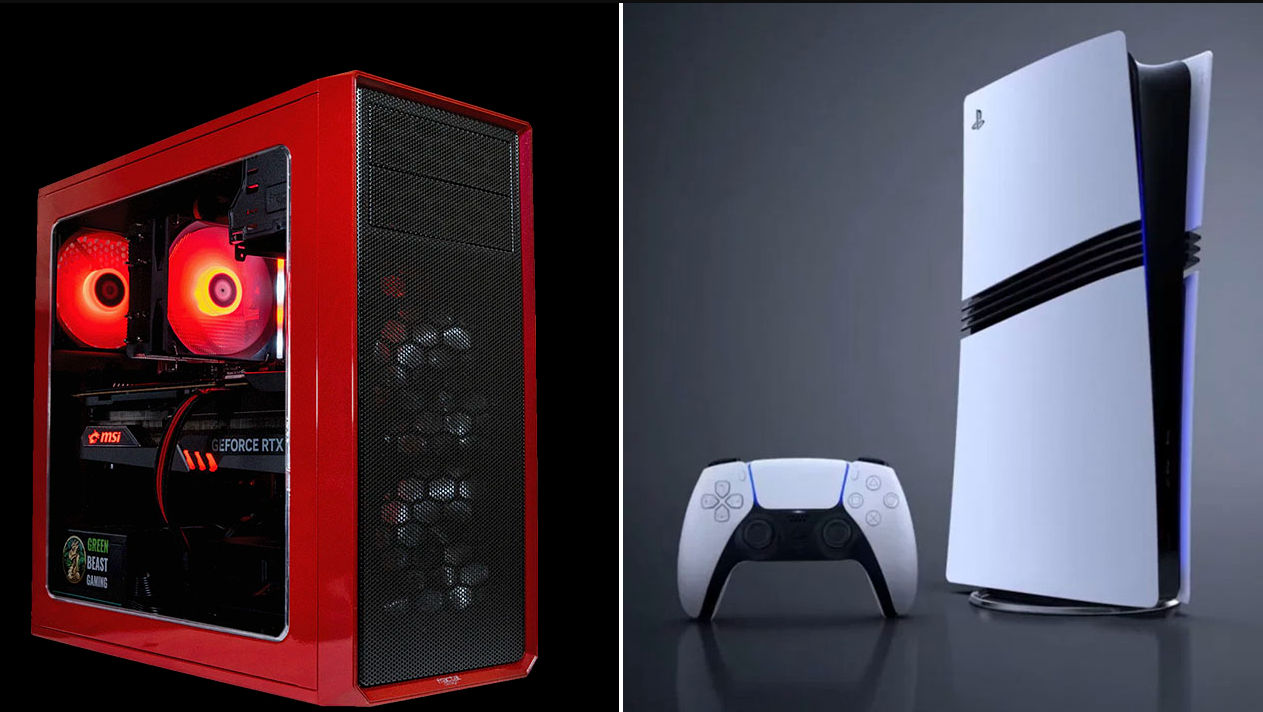Electric floor heating is a modern and efficient heating system that provides comfortable warmth in the room. This technology is gaining popularity due to its ease of installation, ease of operation and the possibility of creating a cosy atmosphere in the house. Let’s consider how much a warm floor consumes, what its energy consumption depends on, what types of warm floors there are and how you can reduce electricity consumption.
Types of electric underfloor heating and their outputs
There are several types of electric underfloor heating, each with its own features and wattage:
- Cable systems. These systems consist of heating cables that are laid on the floor surface and filled with screed. The power of such systems usually ranges from 100 to 150 W/m², which allows them to be used for both primary and supplementary heating.
- Heating mats. These are ready-to-install mats with heating cables attached to them. They are installed under tiles or other flooring material. The power of heating mats varies from 120 to 200 W/m², depending on the model and manufacturer.
- Infrared film systems. These systems use infrared radiation to heat the floor. The film is installed under laminate, parquet or carpet. The power of infrared films ranges from 150 to 220 W/m². They are characterised by fast heating and economical operation.
Factors affecting the energy consumption of electric underfloor heating
The energy consumption of an electric underfloor heating system depends on many factors, among which are:
- The area of the room to be heated. The larger the area of the room, the more energy is required to maintain a comfortable temperature. For example, heating a 20 m² room will require more energy than heating a 5 m² bathroom.
- Heat insulation of the room. High-quality thermal insulation of walls, floor and ceiling significantly reduces heat loss, which reduces the energy consumption of the floor heating system. Poor insulation, on the contrary, increases energy consumption, as the system will be switched on more often to maintain the temperature.
- Temperature setting. The set temperature has a strong influence on the energy consumption. The higher the temperature, the more energy is required to maintain it. The optimum temperature for living rooms is usually 22-24°C and for bathrooms around 27°C.
- System power. Different underfloor heating systems have different power outputs, which are measured in watts per square metre (W/m²). For example, a 150 W/m² system consumes more energy than a 100 W/m² system.
- Duration of operation. The operating time of the system also affects the energy consumption. If the system is running 24 hours a day, the energy consumption will be significantly higher than if it is running for a few hours a day. Using programmable thermostats can optimise system operation and reduce costs.
Example of energy consumption calculation
To better understand how many kilowatts a radiant floor consumes, let’s look at an example calculation for a standard 150 W/m² system installed in a 10 m² room.
- System power: 150 W/m².
- Heating area: 10 m².
The energy consumption per hour can be calculated by multiplying the system capacity by the floor area:
150 W/m²×10 m²=1500 W=1.5kW
Thus, if the system is operated for 1 hour, it will consume 1.5 kWh of electricity.
Daily and monthly consumption
To understand how much electric underfloor heating consumes per day and month, consider a scenario where the system is running 8 hours a day:
Daily Consumption:
1.5 kW×8 h=12 kWh
Monthly consumption:
12 kW/day×30 days=360 kWh
These values are averages and may vary depending on operating conditions and system settings.
Electricity consumption table
| Area (m²) | Power (W/m²) | Consumption per hour (kWh) | Consumption per day (kWh) | Consumption per month (kWh) |
| 10 | 150 | 1.5 | 12 | 360 |
| 20 | 150 | 3.0 | 24 | 720 |
| 10 | 100 | 1.0 | 8 | 240 |
| 20 | 100 | 2.0 | 16 | 480 |
This table shows how much electricity a floor heating system takes, depending on the area and the capacity of the system.
Ways to reduce energy consumption
There are several effective ways to reduce the energy consumption of electric underfloor heating:
- Using a programmable thermostat. Installing a programmable thermostat allows the system to automatically regulate its operation, switching it on and off depending on the time of day and room temperature. This allows you to significantly reduce energy costs.
- Improved thermal insulation. Good insulation of walls, floors and ceilings helps keep heat inside the room, which reduces the need to switch the system on frequently. This is especially important during the colder months when heat loss can be significant.
- Optimal placement of heating elements. The correct placement of underfloor heating elements helps to distribute heat more evenly throughout the room, which also helps to reduce energy costs.
- Selecting a system with low power. For heating rooms with good thermal insulation, you can choose a system with a lower output, which uses less energy. This is especially true for smaller rooms such as bathrooms.
- Regular maintenance of the system. Keeping the system in good condition helps to avoid unnecessary energy costs. Regular maintenance includes checking that thermostats, sensors and heating elements are functioning properly.
Electric underfloor heating is a convenient and efficient solution for space heating, but its energy consumption can have a significant impact on your energy costs. By understanding how much electric underfloor heating consumes and considering the main factors affecting its operation, you can optimise the use of the system and reduce costs. It’s important to remember that choosing the right system, good insulation and using programmable thermostats will help maximise efficiency and comfort while minimising energy costs.
Make your underfloor heating purchase profitable with reBITme! Choose the best offers and activate your cashback to get the most out of your spending. Enjoy your purchases and make big savings!





